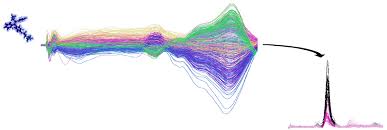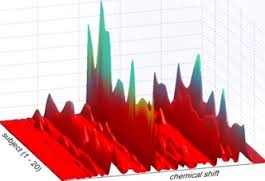 Although metabolomics is one of the most powerful approaches in proteomics field, to design a successful metabolomics experiment is still the most important process. Before introducing the experiment, we firstly should know its sample categories, and sample amount.
Although metabolomics is one of the most powerful approaches in proteomics field, to design a successful metabolomics experiment is still the most important process. Before introducing the experiment, we firstly should know its sample categories, and sample amount.
Which kinds of samples can be detected by metabolomics service?
The target substances for metabolomics are small molecule metabolites, which can act as substrates and products of various metabolic pathways. Its sample items mainly include urine, plasma or serum, saliva, and extracts of cells and tissues. Others, such as plant extracts, fungi, microbial extracts, cerebrospinal fluid, lymph, insect hemolymph, amniotic fluid, follicular fluid, knee synovial fluid, tears, semen, feces and intestinal contents extract also are applied into this experiment.
How much substances can be detected by metabolomics?
Different detecting platform has different sensitivity and bias. Generally speaking, NMR has the lowest sensitivity, it can detect and qualitative substances less than 100, but it has simple and non-invasive features and quantitative ability. The sensitivity of the mass spectrometry is about 1000 times higher than that of NMR. The qualitative material of the serum sample detected by gas chromatography mass spectrometry analysis is around 300, that of urine sample is about 600 and other samples are at hundred level. As for the whole 2D GC-MS, the number of substances is generally more than 1,000. However, that of LC-MS is generally more than 100.
How to design an experiment?
There are some reference for researchers:
1. Parallel samples of plant, microbiological should be six to eight. Those of model animal should be about 10. For clinical specimens, it requires 20 to 30.
2. Samples can not be pooling or repeated freezing and thawing, serum / plasma can not be hemolytic. In addition, if using plasma, researchers should use heparin sodium anticoagulation, for the effect of EDTA anticoagulant is not good enough.
3. For NMR, there should be no alcohol or anesthetic. As for urine, feces, intestinal contents samples, sodium azide is also needed.
How to deal with samples?
Microbiological and cellular samples: rapid inactivation of metabolic activity (quenching), keeping cells undivided.
Animal body fluids: rapid pretreatment after sampling by adding anticoagulants, preservatives, and immediate freeze (-80 ° C).
Plant samples: After rapid freeze (liquid nitrogen), and then transferred to -80 ℃ preservation, 200mg / cases.
Serum samples: 500ul / cases (not less than 200ul / cases), must avoid repeated freeze-thaw.
Urine sample: 1ml / example.
These are some basic information and some reference to prepare a metabolomics samples. You also can provide your suggestion if any.
